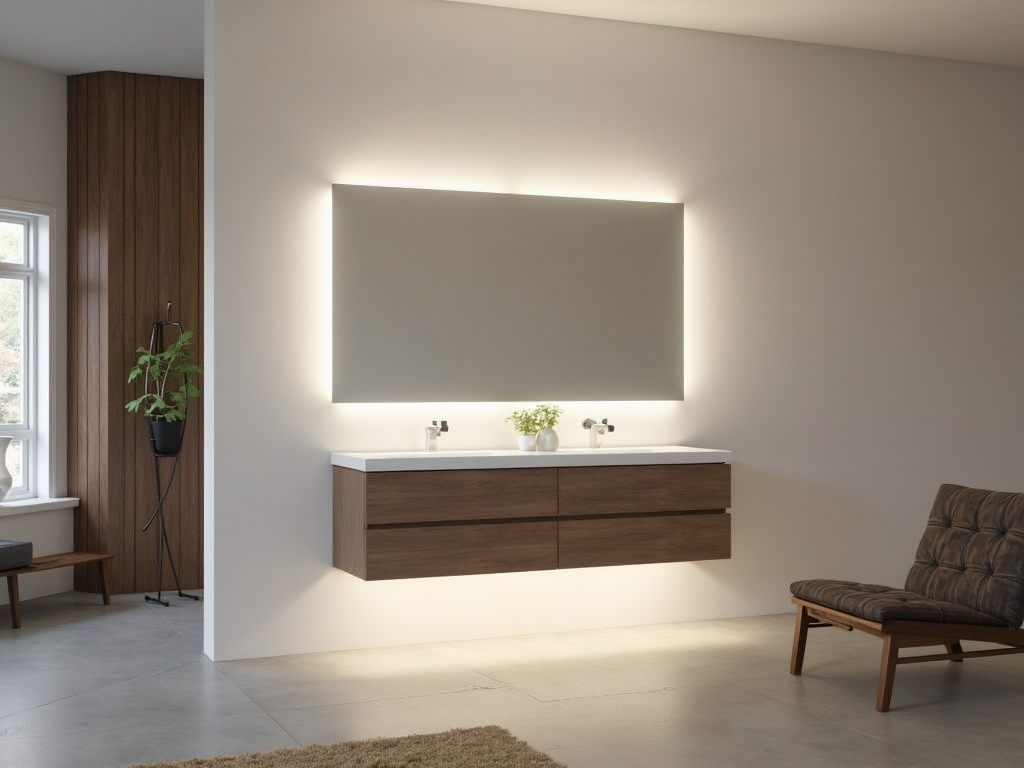Quick facts
Can't find the answer you're looking for? Please get in touch with our friendly team.
How long does a flushometer last?
A flushometer typically lasts between 10 to 15 years with proper maintenance. Regular checks and servicing can extend its lifespan, while neglect may lead to quicker failures. Quality and usage frequency also impact its longevity.
Why does my toilet flushometer keep running?
A running toilet flushometer may be due to a faulty flapper, incorrect water level, or a malfunctioning fill valve. Check for debris, ensure the flapper seals properly, and adjust the float height to prevent continuous running.
What does a flushometer do?
A flushometer is a plumbing device used in commercial toilets to regulate the water flow during flushing. It uses pressure to release a specific amount of water, ensuring efficient and effective flushing while conserving water compared to traditional tank systems.
Category Overview
Introduction
Flushometers play a crucial role in modern bathrooms, acting as the bridge between functionality and sanitation. Their primary purpose is to efficiently manage the flushing mechanism in toilets, providing a consistent and powerful flush that enhances daily life. A well-functioning flushometer ensures comfort and hygiene, allowing you to enjoy your space without worry. It creates an environment where relaxation can thrive, transforming a simple bathroom visit into an effortless experience.
Functionality
The primary function of a flushometer is to control the release of water for flushing toilets, typically found in public restrooms and increasingly in residential settings. This technology allows for efficient use of water while maintaining optimal cleanliness. Flushometers are commonly used in various contexts—from residential homes to commercial spaces like restaurants or schools—ensuring that visitors experience a clean and hygienic environment. Unique features may include adjustable water flow settings or automatic sensors that enhance user convenience while saving water.
Design & Style
Flushometers come in various styles and materials, including chrome-plated brass or high-grade plastic, making them not only functional but also visually appealing. Common designs range from sleek minimalist models to more ornate vintage-inspired options, allowing homeowners to choose based on their bathroom aesthetics. You can personalize your flushometer choice to complement different decor styles—whether you lean towards contemporary chic or rustic charm—ensuring it fits seamlessly into your home’s overall theme.
Practical Considerations
When selecting the right flushometer for your home, consider factors such as the size of your bathroom, desired material durability (opt for metal over plastic for longevity), and specific usage needs (automatic vs manual). It's essential to avoid common pitfalls like choosing an overly complex model if you're looking for simplicity or neglecting compatibility with existing plumbing systems. To maximize functionality, ensure proper installation; this will help avoid malfunctions down the line.
Comparison and Alternatives
When comparing materials for flushometers, wood versus metal offers distinct advantages: metal models tend to be more durable while wood provides a warmer aesthetic touch. Rectangular versus round designs might influence usability based on space constraints; rectangular models often fit snugly against walls while round ones may offer ease of access in smaller bathrooms. Consider room size and style preference when choosing your ideal design; opting for something that complements existing fixtures is key.
Trends and Popular Items
Currently, there’s a growing trend towards eco-friendly flushometers with low-flow capabilities that are both stylish and efficient—perfect for environmentally conscious homeowners looking to reduce their water bills without sacrificing performance. Popular items often feature sleek lines reminiscent of mid-century modern design aesthetics or classic chrome finishes that blend well with numerous decor themes. By understanding these facets of flushometers, you'll be better equipped to select one that not only meets practical needs but also enhances the overall aesthetic of your bathroom space.


